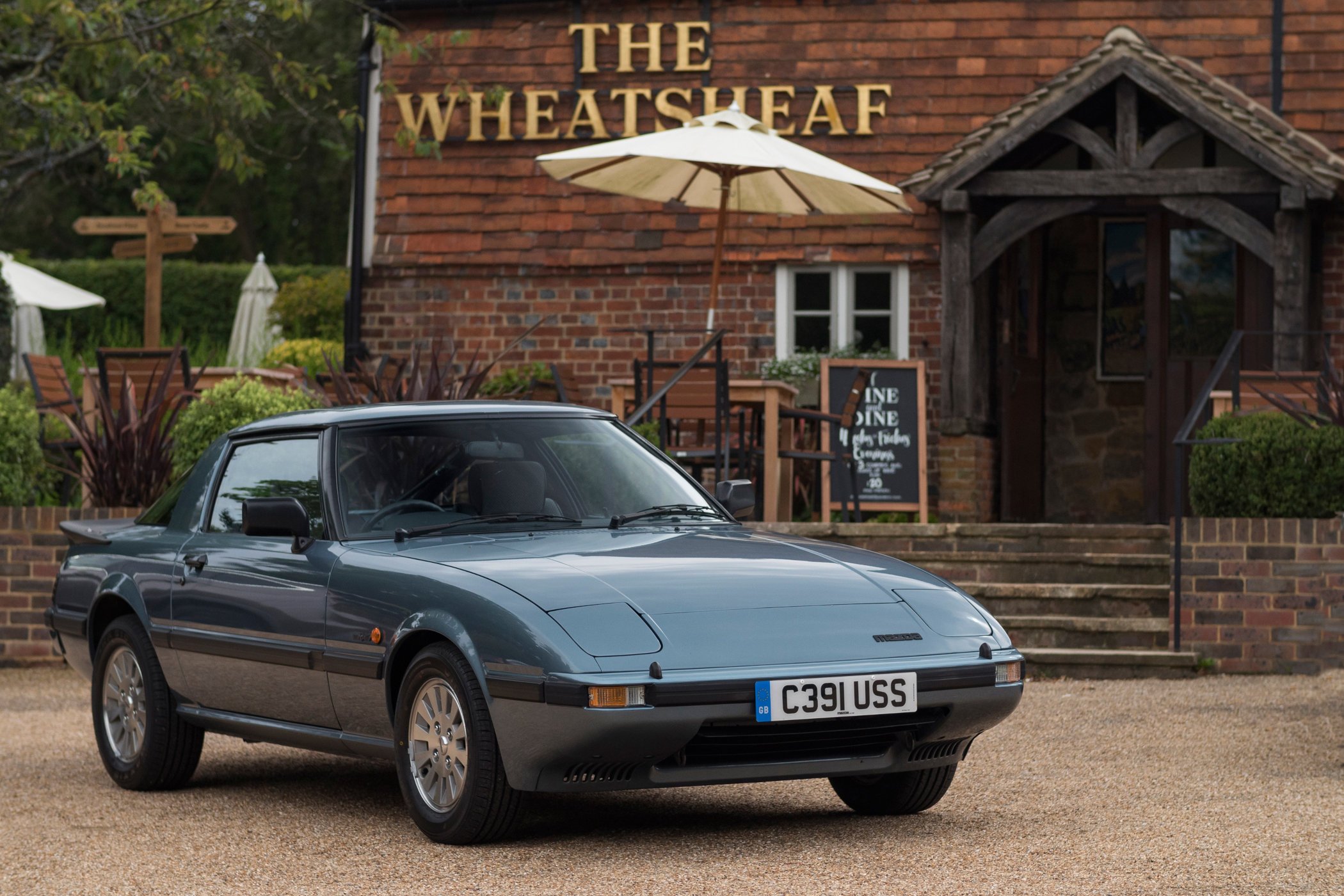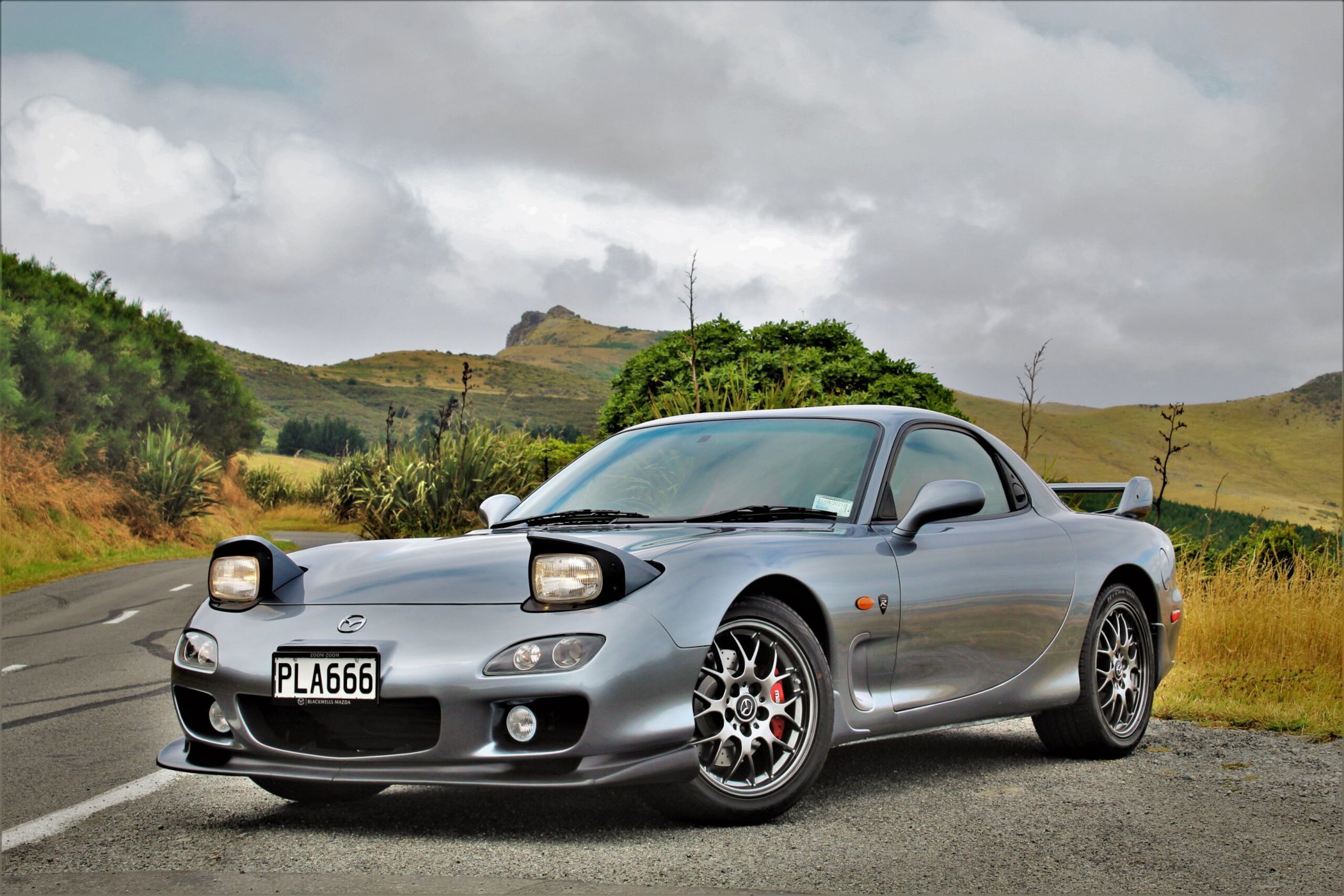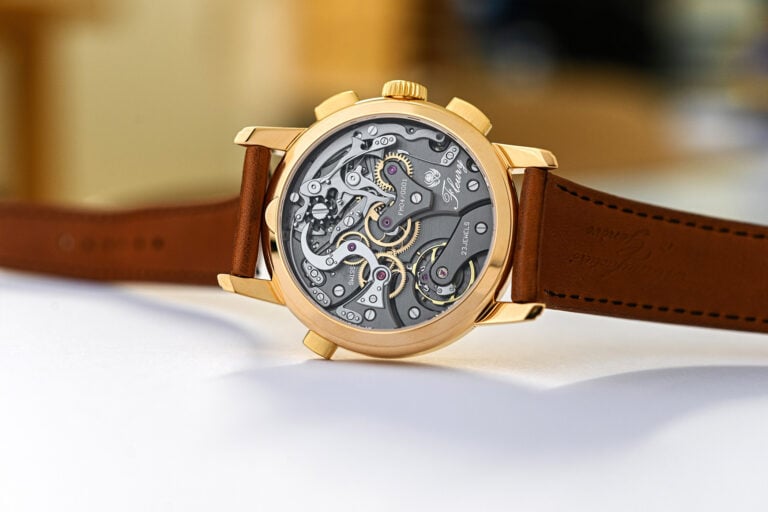The Mazda Iconic SP EV Concept Keeps The Rotary Engine Alive
This gorgeous two-door coupe hides a very special engine setup underneath its sleek exterior!
The push for electrically driven cars has been exponentially increasing year by year in the past decade or so. Whether it is the much desired ‘perfect solution’ to the world’s problems regarding fossil fuels, pollution and renewable energy for the automotive industry remains to be seen. Regardless of the whole discussion on electrification of our cars, there’s merit to the technology. Developments and advancements in technology to overcome the drawbacks of electric cars are being introduced at an increasing speed, relegating often-heard topics such as range and weight to the past. The fact electric cars are no longer weirdly shaped, boring-looking machines is also a very welcome step forward. Designers have come into their own by penning absolutely amazing-looking EVs, such as the incredible Pininfarina Battista or the Porsche Taycan. One of the most recent tantalizing electric concept cars to be launched is the Mazda Iconic SP, which packs a unique powertrain with a rotary range extender.
We’re very accustomed to hybrid vehicles by now (thank you Toyota Prius!), a type of car that combines two or more distinct types of power. The same goes for the Mazda Iconic SP, but in terms of design, the two couldn’t be further apart. It combines an electric drivetrain with a two-rotor Wankel engine to extend its range. But before we dive into the details of the Iconic SP, a bit of explaining might be in order about what a Wankel or rotary engine is exactly. And as Mazda has proven, the tech can be extremely interesting!
Rotary Power
A rotary engine works differently from most other internal combustion engines. A Wankel or Rotary engine doesn’t have traditional pistons or cylinders but rather a triangular rotor with Apex seals at each ‘tip’ that sits inside a sort of 8-shaped ignition chamber. The technology was developed by Felix Wankel, a German engineer who developed the concept in the 1920s. It took quite a few years for this type of engine to find its way into a car, as the first-ever rotary-engined car went on sale in 1964, with Mazda following in 1968.
A rotary engine has quite a few advantages over traditional internal combustion engines, but also a few drawbacks. To begin with the positive, a rotary engine has a higher power-to-weight ratio, has a smaller build, can reach higher engine speeds than a comparable piston engine, has almost no vibrations, is cheaper to produce due to fewer moving components and produces torque for about two-thirds of its combustion process instead of a quarter of the combustion process of a normal piston engine. The downsides are varying engine temperatures in different parts of the combustion chamber resulting in different expansion coefficients, and issues with lifting Apex seals at lower revs. That’s about as technical as we’re going to get, but for more details see here.

Mazda has been a true pioneer of rotary engine power, as it has been developing it since the 1960s. The first rotary-powered Mazda was the Cosmo L10B, introduced in 1968. This gorgeous two-door coupe is often sighted as one of the most beautiful Japanese cars ever made, along with cars like the Toyota 2000 GT. While the Cosmo name stayed for quite a while, no subsequent Cosmo-labelled car could get close to the style and elegance of the original one.
The crowning achievement in Mazda’s pioneering efforts revolving around the rotary engine is winning the 1991 Le Mans 24 Hours with the legendary 787B (see above). It was the first-ever win for a Japanese manufacturer. The Mazda 787B Group C prototype race car used a naturally aspirated four-rotor engine with a displacement of 2.6 litres capable of an output of up to 900 horsepower. Combined with a kerb weight of just 830 kilos thanks to extensive use of carbon fibre and Kevlar, it was a superbly fast car. The naturally high-revving engine produced an all-mighty howling scream at high speeds. Johnny Herbert, Bernard Gachot and Volker Wiedler surprisingly took it to victory in the 1991 edition of the iconic endurance race, against very stiff competition from the Porsche 962C, Mercedes Sauber C11, Jaguar XJR-14 and Peugeot 905. Dressed in green and orange colours, it has since become an absolutely legendary car.
The RX-7 is Mazda’s most famous rotary-powered road car. Introduced in 1978 and in production until 2002, it is one of the most beloved Japanese performance cars. The two-door hatchback sports car had a three-rotor rotary engine in the front, with drive going to the rear wheels. A signature element of the RX-7 were the pop-up headlights, which remained until the final series went out of production in 2002. The RX-7 was eventually replaced by the RX-8, which had half-sized ‘suicide’ rear doors and a more modern and edgy profile. This remained in production until 2012, ending the performance-oriented line of rotary power cars bearing the Mazda badge. The brand reintroduced the rotary engine this year though, as a generator (range extender) for the MX-30 e-Skyactiv R-EV.

The Mazda Iconic SP
Now that the history of Mazda and the rotary engine is known, let’s take a look at the Iconic SP concept car. It was teased last year as the ‘Vision Study Model’ but was never officially presented until now. It was officially presented during the Tokyo Auto Show and signals a possible future of not only a compact EV sports car but also that of the rotary technology so loved by Mazda. And where you might expect something with the size and proportions as the brand’s iconic MX-5 (or Miata in the US), it’s actually a fair bit larger.
The Iconic SP has a frame of 4.18m in length, 1.85m in width and a smidge over 1.15m in height, making it longer and wider than the MX-5 but also surprisingly a touch lower. In terms of weight, the two are miles apart, obviously due to the electric motors and battery pack. The MX-5 is known for its relatively low weight of 1,110kg, compared to 1,470kg for the Iconic SP. That’s still quite good for an EV sports car, as weight is the biggest downside to electric cars, next to a limited range. When it comes to weight distribution, another trump card of the MX-5 since it was introduced in 1989, Mazda promises the same 50-50 handling characteristics with this concept.
Underneath that shiny Viola Red red exterior, more on that in a bit, you’ll find a rather uncommon drivetrain. Mazda has further developed the concept of the MX-30 e-Skyactiv R-EV and has enlarged the rotary range extender by adding a second rotor. That’s the beauty of this engine type, it’s basically stackable, making it easy to double or quadruple the capacity without the need to develop an entirely new block. This two-rotor generator does not drive the wheels but instead charges an unknown-sized battery pack that’s used to drive an unspecified number of electric motors. What Mazda does state, however, is the power output of 365 horsepower. The engine is supposedly a carbon-neutral powerplant, even capable of running on hydrogen according to the brand. Paired with the modest weight, it should make the handsome coupe quite a fun car to drive!
The Mazda Iconic SP has a very sleek, almost fluid, design from the outside, with a low-slung nose, swooping over the front wheels and flowing into quite a wide rear section. The grille has a red ‘smiling’ lip, with an illuminated logo above it and a front splitter below it. It’s also amazing to see the pop-up headlights make a return yet in a much more futuristic style. When closed there’s virtually no light visible, but when popped up they give the Iconic SP a rather mean look. Lovely stuff! Moving to the cabin section, we see a pair of small rear-view mirrors fitted with cameras mounted on the A-pillars.
The doors open up at an angle, further enhancing the dramatic style of the car. They give way to quite a simplistic interior, with a screen behind the steering wheel and another one in the central console. The tunnel that runs from the front to the back holds a pair of sliding controls, and everything is clad in what looks to be blue suede. Stepping out again and moving to the back of the car, it is somewhat reminiscent of the gorgeous Alfa Romeo 8C from three-quarters back. The tail section sweeps up over the rear wheels, with a seamlessly integrated lip spoiler finishing it off.
The sad thing is, Mazda has not yet stated what it intends to do with this cool Iconic SP. It could be a bigger brother to the MX-5, essentially reviving the RX line. Maybe it hints at a design ethos for the next-gen MX-5. Perhaps Mazda will transfer the drivetrain over to its iconic little roadster. We just don’t know. All we do know right now is that this is one hell of a cool-looking concept car!
For more information on the sensational Mazda Iconic SP, please visit Mazda.com.
Editorial Note: The images used in this article are sourced from Mazda.com, TheTelegraph.co.uk, TarmacLife.co.nz, InsideMazda.co.uk and Caradisiac.com unless stated otherwise.






4 responses
Uhm, what does this have to do with watches? Was this sponsored by Mazda?
” 1,110kg, compared to 1,470kg for the Iconic SP. That’s still quite good for an EV sports car, as weight is the biggest downside to electric cars, next to a limited range. ”
Not to mention cost, rapid resale depreciation and, of course, exploding batteries!
Sigh… can we get off the rubbish “exploding batteries” … combustion engines … with their engine little engine block explosions driving the pistons never have any issues with fires 🔥 … geeeze 🙄
@Scott – we have been publishing a car-related article (under the column “The Petrolhead Corner”) every Saturday for many years now, as a way to offer something different to our readers, yet still closely related to our own passions. And no, Mazda isn’t involved here…